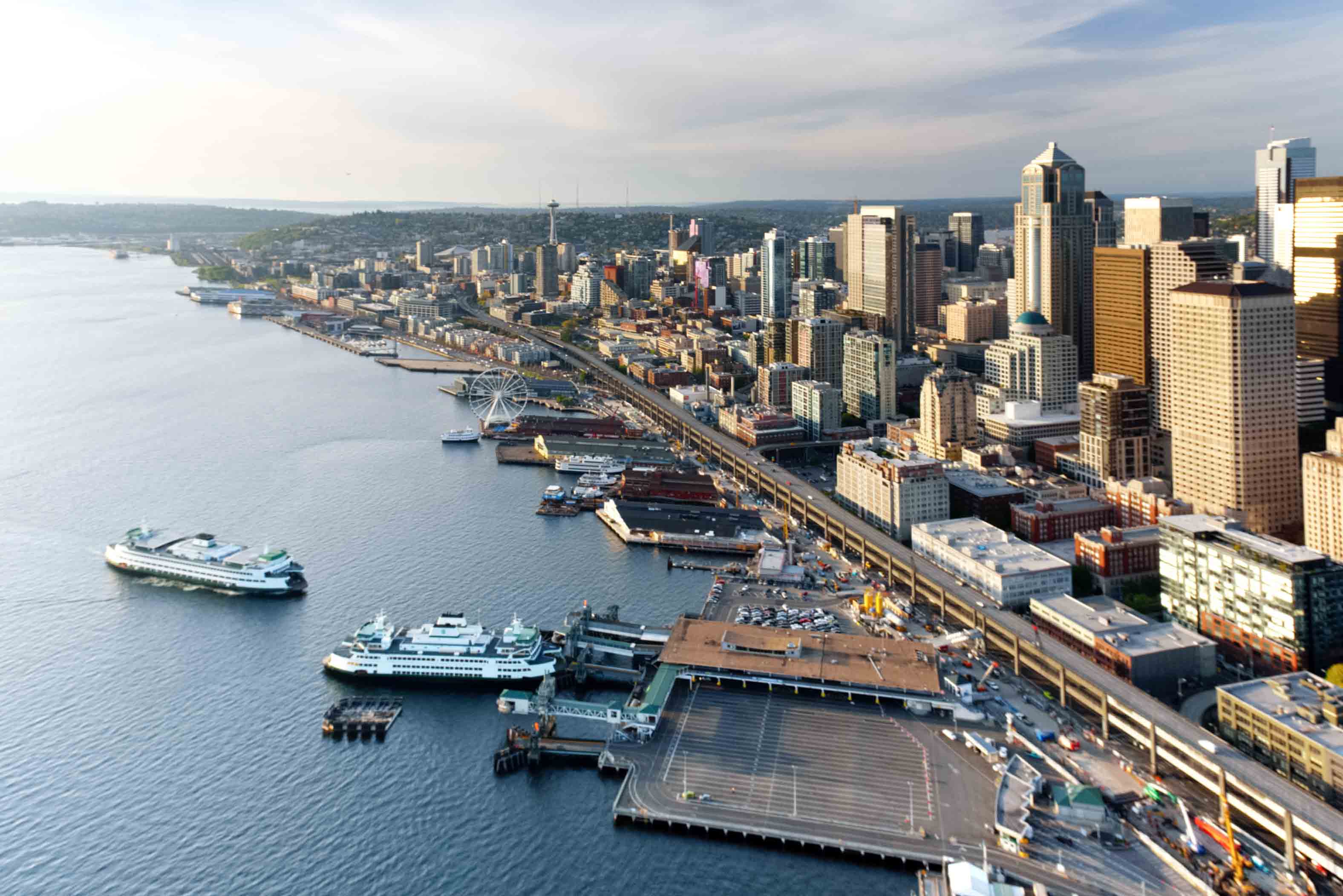 As Seattle City Light's crews work to restore power to all customers affected by Saturday's windstorm, they follow a set of guidelines for determining which job to work on next.
As Seattle City Light's crews work to restore power to all customers affected by Saturday's windstorm, they follow a set of guidelines for determining which job to work on next. As Seattle City Light’s crews work to restore power to all customers affected by Saturday’s windstorm, they follow a set of guidelines for determining which job to work on next.
The utility’s priorities start with the transmission system, which carries large amounts of high-voltage electricity from power plants to City Light’s substations where the voltage is lowered for delivery to customers via the utility’s distribution system.
Within the distribution system, top priority is given to damage that threatens life safety, such as a sparking, energized wire that is downed at a busy intersection, followed by emergency services, including hospitals.
Next, the crews will focus their efforts on repairs that will bring the highest number of customers back. This starts with feeder lines that carry electricity from the substations and typically serve 3,000 to 3,500 customers. Lateral lines serving about 500 customers come next, then individual transformers with up to 10 customers and finally individual service lines from a transformer to a home or business.
For updates on City Light’s restoration work, visit our outage map. If you experience an outage, report it at (206) 684-3000.